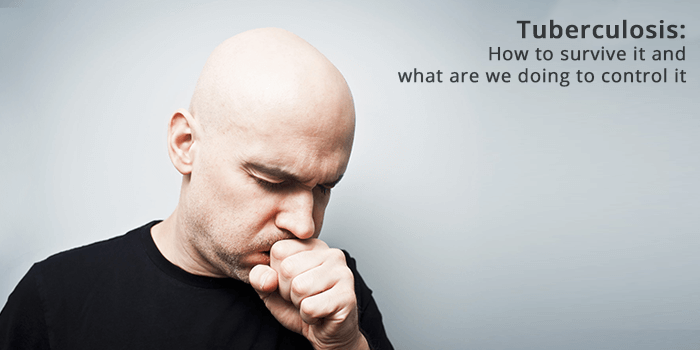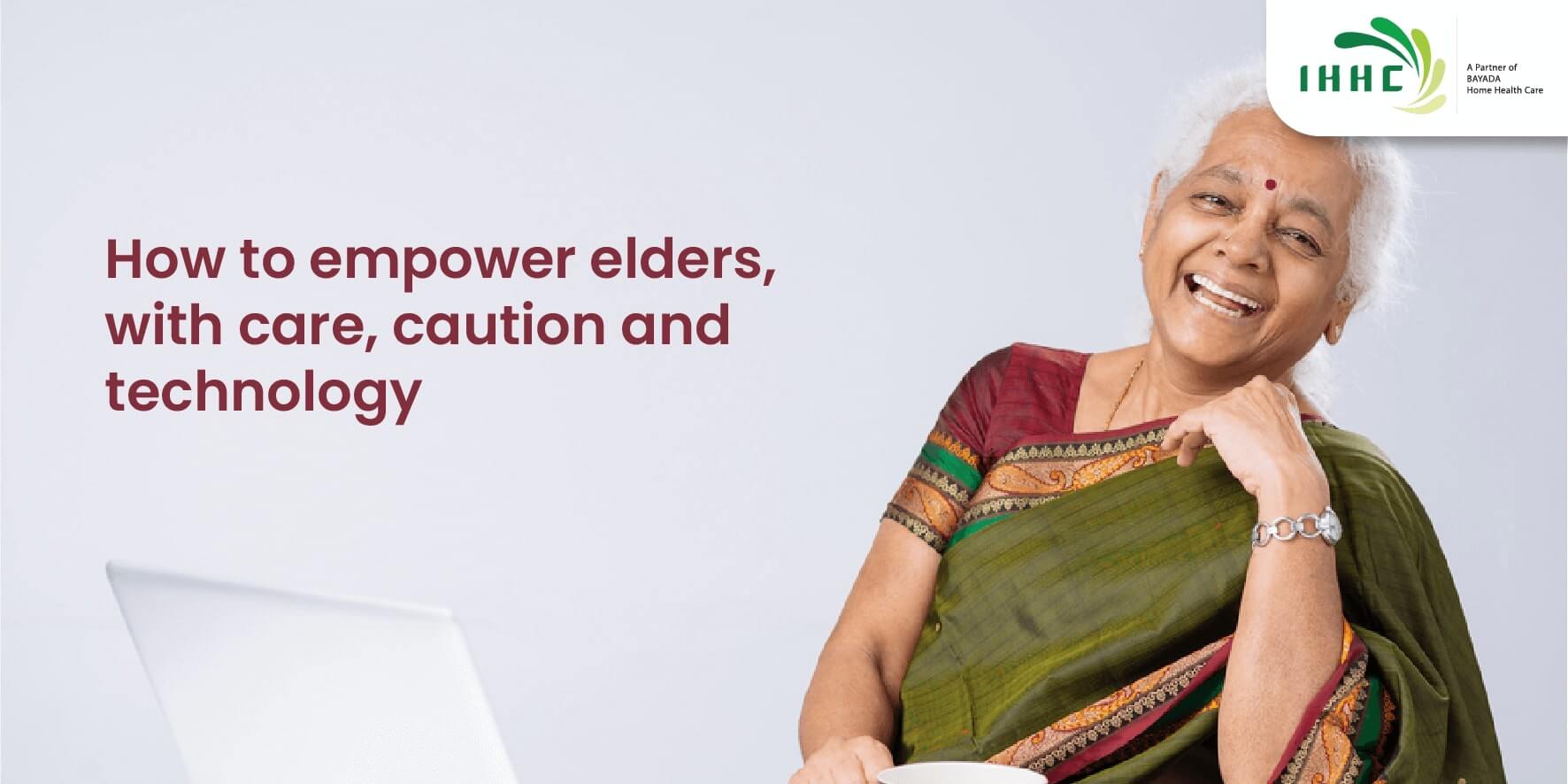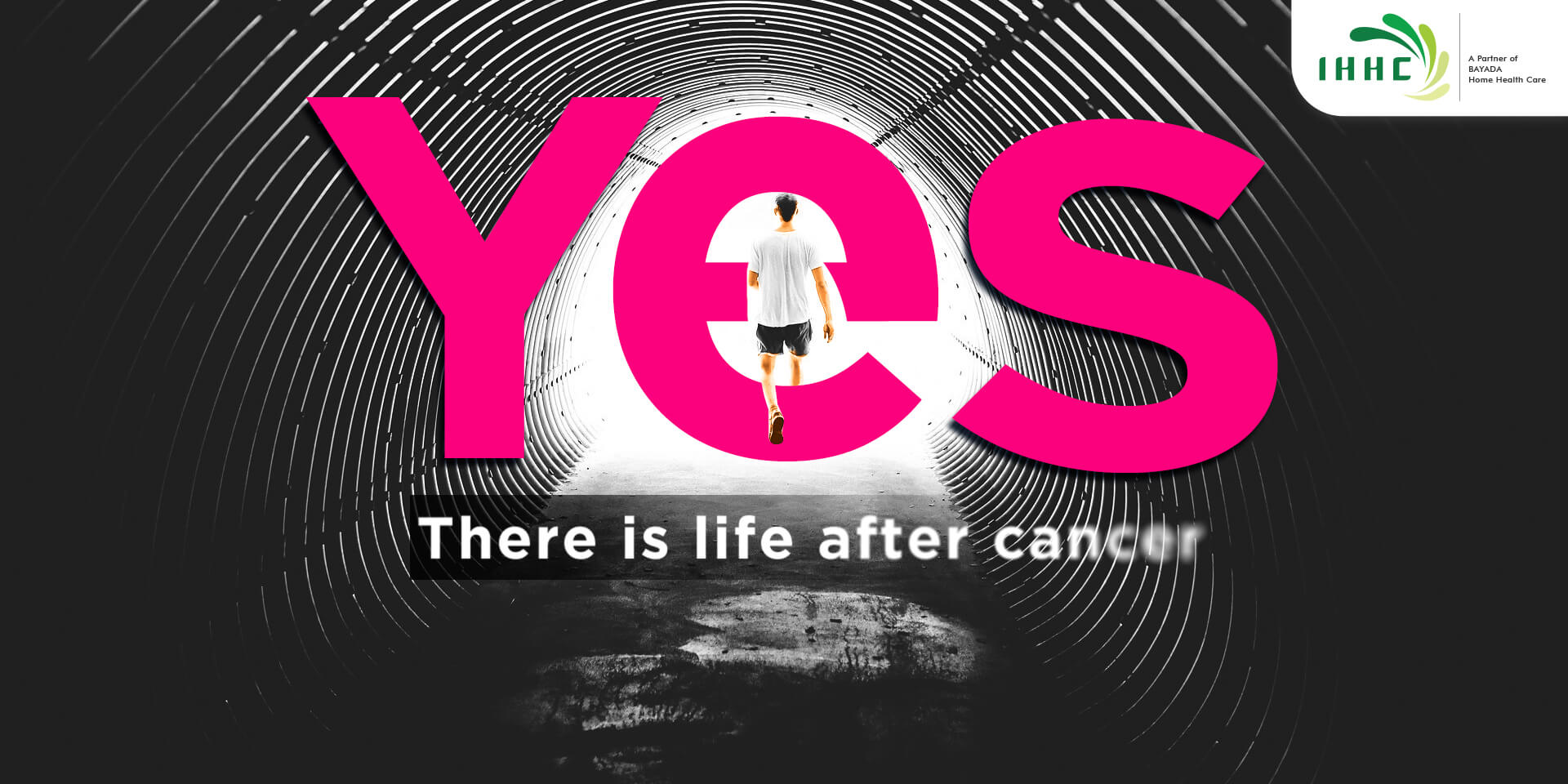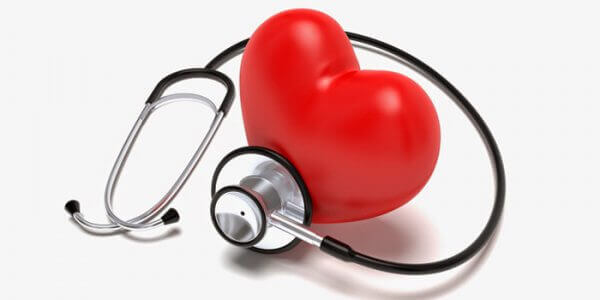Is there a need for home healthcare in India?
A survivor’s story…
“My name is Sophia, I am Namibian, 34 years old and a tuberculosis (TB) survivor.
A few years ago I moved to Windhoek to find a job. Soon after I realized that I wasn’t feeling well. My chest was hurting, I was coughing a lot and I had no appetite, so I went to the hospital where I had a sputum test. I was given medicines and I was sent home, but …I was not getting any better.”
“Finally doctors sent me for an X-ray and shortly after they told me I had TB. I was shocked….They explained to me that TB is airborne and it can affect any one of us, anywhere…When I started medication, I vomited every time I swallowed a pill because I was taking them on an empty stomach…At the clinic they gave me food, like porridge, which helped me take the medicines.”
“When I completed my TB treatment and was fully recovered, I decided to become a volunteer…for the past two years I have been helping TB patients with periodical house-to-house visits, to ensure that they complete their treatment.”
Historical fiction has a plethora of stories that concern protagonists suffering - and dying - of Tuberculosis (TB). We have all read about heroines who tragically died of consumption - or in modern terms - TB. Characters in Dostoyevsky’s novels, Crime and Punishment and The Idiot, suffered from tuberculosis. Thomas Mann’s The Magic Mountain actually takes place in a TB sanitorium. The Jungle, by Upton Sinclair, relates how Chicago’s meatpackers were exposed to the disease through their work. The Constant Gardener, by John Le Carré, deals presciently with TB testing and drug resistance.
World Health Organisation (WHO) Fact sheet
Reviewed January 2018
Key facts
TB is one of the top 10 causes of death worldwide
In 2016, 10.4 million people fell ill with TB, and 1.7 million died from the disease (including 0.4 million among people with HIV). Over 95% of TB deaths occur in low- and middle-income countries
Seven countries account for 64% of the total, with India leading the count, followed by Indonesia, China, Philippines, Pakistan, Nigeria, and South Africa
In 2016, an estimated 1 million children became ill with TB and 250 000 children died of TB (including children with HIV associated TB)
TB is a leading killer of HIV-positive people: in 2016, 40% of HIV deaths were due to TB
Multidrug-resistant TB (MDR-TB) remains a public health crisis and a health security threat. WHO estimates that there were 600 000 new cases with resistance to rifampicin – the most effective first-line drug, of which 490 000 had MDR-TB. Globally, TB incidence is falling at about 2% per year. This needs to accelerate to a 4–5% annual decline to reach the 2020 milestones of the End TB Strategy
An estimated 53 million lives were saved through TB diagnosis and treatment between 2000 and 2016.
Ending the TB epidemic by 2030 is among the health targets of the Sustainable Development Goals
What causes TB?
To start on a positive note, TB is curable and preventable. TB is caused by a bacteria (Mycobacterium tuberculosis) that generally affects the lungs. It is an air borne disease. When people with lung TB cough, sneeze or spit, they spread TB germs into the air. It just needs a few of these germs to spread the infection. People infected with TB have a 5–15% lifetime risk of falling ill with TB; but people with compromised immune systems or people who use tobacco, run a much higher risk of getting the full blown disease.
Symptoms of the active TB disease - such as a cough, fever, night sweats or weight loss - may be comparatively mild for many months. This can often lead to delays in seeking diagnosis and treatment, resulting in spreading the bacteria to other people. People with the active disease can infect 10–15 people over the course of a year.
Who are the people most at risk?
People who are HIV+ are 20-30 times more likely to develop active TB
TB occurs more often in people with impaired immune systems and are suffering from other conditions
In 2016, a million children (0–14 years) fell ill with TB; 250 000 children (including children with HIV associated TB) died from the disease
TB generally affects adults in their most productive years; but all age groups are at risk. Over 95% of cases (and deaths) are in developing countries
Users of tobacco are at greater risk of getting TB and dying from the disease. 8% of TB cases worldwide can be attributed to smoking
Common symptoms of active lung TB are:
Recurrent cough with sputum, occasionally with blood mixed in
Chest pains
Weakness
Weight loss
Fever
Night sweats
Diagnosis
Many countries still rely on an age-old method called sputum smear microscopy to diagnose TB. Laboratory technicians look at sputum samples, under a microscope, to see if the TB bacteria is present. But this method only detects half the number of TB cases and is unable to detect drug-resistant bacteria.
Since 2010, the use of the rapid test Xpert MTB/RIF® has expanded substantially. This test detects TB bacteria as well as resistance to rifampicin, the most important and commonly used TB medicine. This test is recommended by WHO, as the initial diagnostic test in all persons with signs and symptoms of TB. Tuberculosis is especially difficult to diagnose in children and, till now, only the Xpert MTB/RIF assay is used for the diagnosis of paediatric TB.
A survivor’s story…
“I am Ingrid and I had pre-extensively drug resistant tuberculosis (pre-XDR-TB), a form of TB caused by bacteria that are resistant to some of the most effective anti-TB drugs. After two years on TB treatment (including an injectable drug) I was cured. I live in South Africa and I was working as a dietitian in the public sector when I got sick. I was diagnosed with ulcerative colitis…and I was treated with drugs to suppress my immune system and decrease the inflammation in my gut. Shortly thereafter I was diagnosed with pre-XDR-TB. I was hospitalised for 75 days. During this time, I developed liver failure and nearly died. I woke up from the coma and the doctor said it was a miracle…”
“I remained weak when I left hospital and was struggling to cope with the injection and the pills that caused diarrhoea and vomiting…I was declared cured in 2014…I am now part of TB Proof, an organisation that advocates for improved detection and treatment of TB, as well as breaking down the stigma attached to having TB.”
Treatment
TB is a treatable and curable disease. Between 2000 and 2016, an estimated 53 million lives were saved through the correct TB diagnosis and treatment. The active, drug-susceptible disease is treated with a standard six month course of four antimicrobial drugs that are provided - with information, supervision and support - to the patient by a health worker or trained volunteer. The majority of TB cases can be cured when the right medicines are provided, and taken regularly and correctly.
In conclusion…
TB is the world's top infectious killer today. It is airborne and can affect anyone, anywhere. Worldwide, over 5 000 men, women and children die each day from TB. The social and economic impact is deadly, including poverty, stigma and discrimination. Though this disease is curable and preventable, global actions, investments and remedial actions fall short of those needed to end the global TB epidemic running rampant today.
There are heartrending stories of TB survivors from around the world who have fought, or are fighting, and beating, TB. These survivors have experienced the:
Side effects of TB medication
Difficulties of undergoing treatment
Mental and psychological impact of this disease
Importance of getting tested and adhering rigorously to the treatment
Their voices, including the ones quoted in this article, provide important perspectives and are a powerful tool that can be used to accelerate the response from civil society, to reach the vast numbers of actively infected people with preventive action and care.




